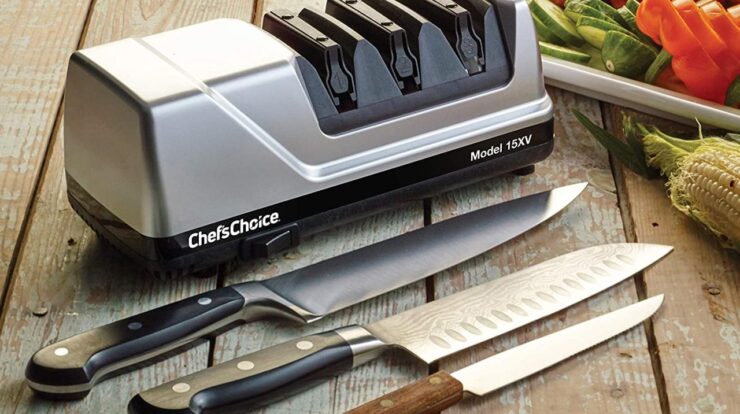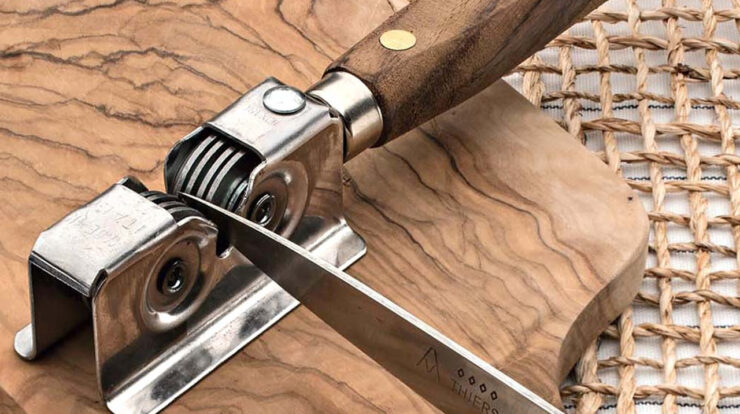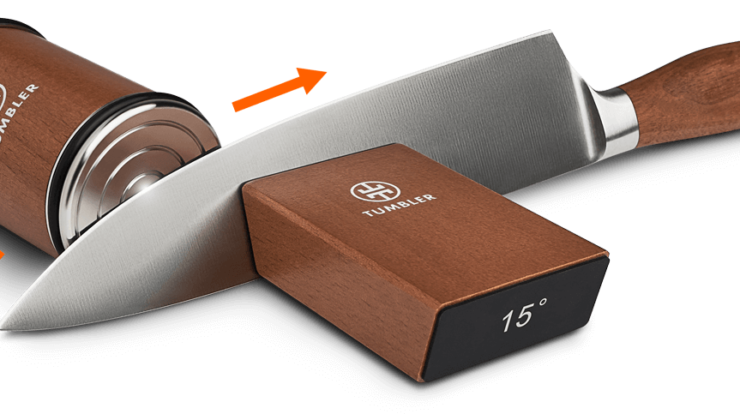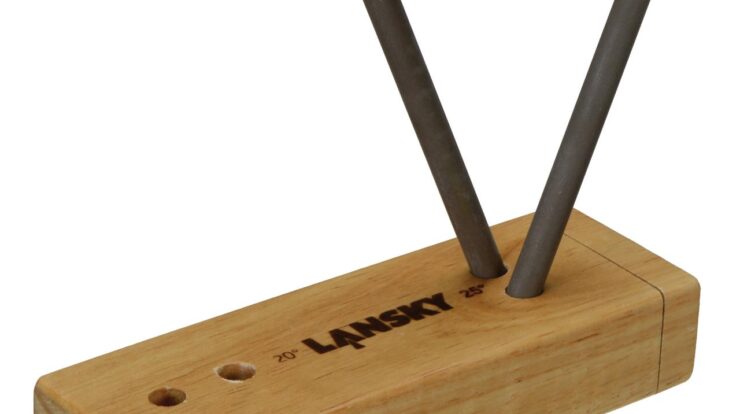Professional knife sharpeners are the masters of their craft, transforming dull blades into instruments of culinary precision. Join us as we delve into the fascinating world of professional knife sharpening, exploring the different types, methods, and factors involved in achieving razor-sharp edges that elevate your cooking experience to new heights.
In this comprehensive guide, we will uncover the secrets of professional knife sharpening, empowering you with the knowledge to maintain your knives at their peak performance. From understanding the various types of sharpeners to mastering the techniques of honing, stropping, and grinding, we will provide you with the insights and practical tips to keep your knives cutting like a dream.
Types of Professional Knife Sharpeners
Professional knife sharpeners are essential tools for maintaining the sharpness and longevity of knives. Various types of professional knife sharpeners are available, each with its advantages and disadvantages.
Electric Knife Sharpeners
Electric knife sharpeners are powered by electricity and use abrasive wheels or belts to sharpen knives. They are convenient and easy to use, making them suitable for home cooks and small businesses. However, electric sharpeners can remove more metal than necessary, resulting in a shorter lifespan for the knife.
Manual Knife Sharpeners
Manual knife sharpeners require physical effort to sharpen knives. They come in various forms, including whetstones, honing rods, and pull-through sharpeners. Manual sharpeners provide more control over the sharpening process, allowing for a customized edge. However, they require skill and practice to use effectively.
Whetstones
Whetstones are natural or synthetic stones used to sharpen knives. They come in different grits, ranging from coarse to fine. Whetstones provide a precise and controlled sharpening experience but require a significant amount of skill and time to master.
Comparison Table
| Type | Advantages | Disadvantages ||—|—|—|| Electric | Convenient and easy to use | Removes more metal than necessary || Manual | Provides more control | Requires skill and practice || Whetstones | Precise and controlled sharpening | Requires significant skill and time |
Methods for Sharpening Knives
Professional knife sharpeners employ various methods to restore the sharpness of knives, each with its own techniques and equipment.
Honing
Honing is a process that realigns the knife’s edge without removing any metal. It involves using a honing steel, a cylindrical rod with a smooth or grooved surface. The knife is drawn across the honing steel at a specific angle, creating a fine burr on the edge.
This burr is then removed, resulting in a sharper edge.
Stropping
Stropping is a finer process than honing, used to further refine the edge. It involves drawing the knife across a strop, a flexible leather or canvas strip coated with a polishing compound. This action removes any remaining burrs and creates a highly polished edge.
Grinding
Grinding is a more aggressive method that involves removing metal from the knife’s edge. It is used to repair damaged or heavily dulled knives. Grinding is typically done using a motorized grinding wheel or belt sander. The knife is held at a specific angle against the abrasive surface, which grinds away metal to create a new edge.
Factors to Consider When Sharpening Knives
Achieving a razor-sharp knife edge depends on various factors that influence the sharpening process. Understanding these factors is crucial to ensure optimal results.
Blade Material
The type of steel used in the knife blade significantly impacts its sharpness and edge retention. Harder steels, such as high-carbon steel, can hold an edge for longer periods but require more effort to sharpen. Softer steels, like stainless steel, are easier to sharpen but may require more frequent touch-ups.
Edge Angle
The angle at which the knife is sharpened determines the sharpness and durability of the edge. A steeper angle (typically 15-20 degrees) creates a sharper edge but is more prone to chipping. A shallower angle (around 25-30 degrees) results in a more durable edge but may not be as sharp.
Sharpening Technique
The method used to sharpen a knife influences the final result. Common techniques include using whetstones, honing rods, or electric sharpeners. Each technique requires specific skills and experience to achieve the desired sharpness.
Benefits of Using a Professional Knife Sharpener
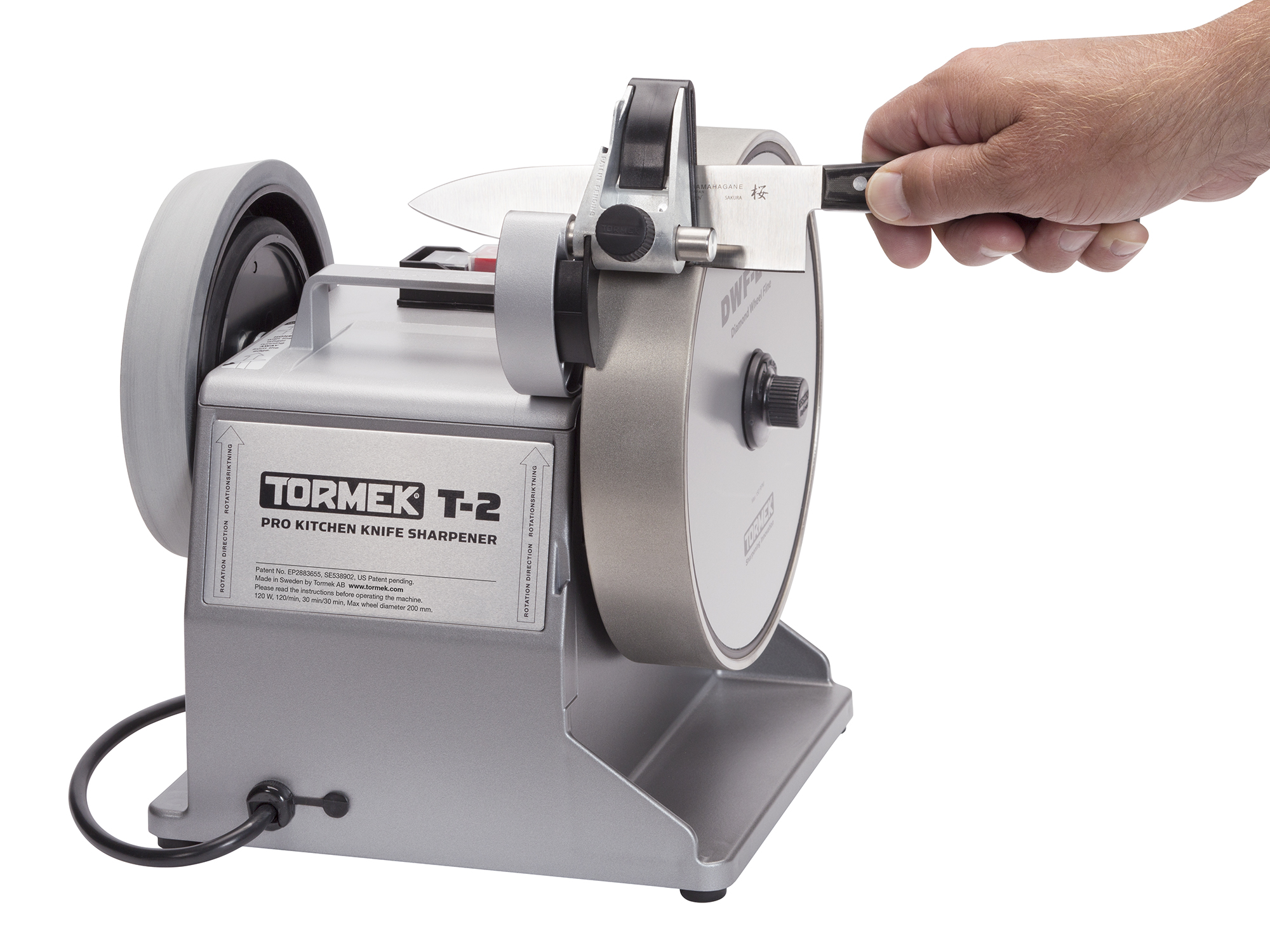
Utilizing a professional knife sharpener offers numerous advantages compared to home sharpening methods. Not only does it provide superior results, but it also saves you time and money in the long run.
Cost Savings
- Professional sharpening is a cost-effective solution in the long run.
- Regular sharpening by a professional can extend the life of your knives, eliminating the need for frequent replacements.
- Investing in professional sharpening services saves you the cost of purchasing new knives prematurely.
Time Savings, Professional knife sharpener
- Home sharpening methods can be time-consuming and require specialized skills.
- Professional sharpeners have the expertise and equipment to sharpen knives quickly and efficiently.
- By outsourcing your sharpening needs, you can save valuable time and focus on other tasks.
How to Find a Reputable Professional Knife Sharpener
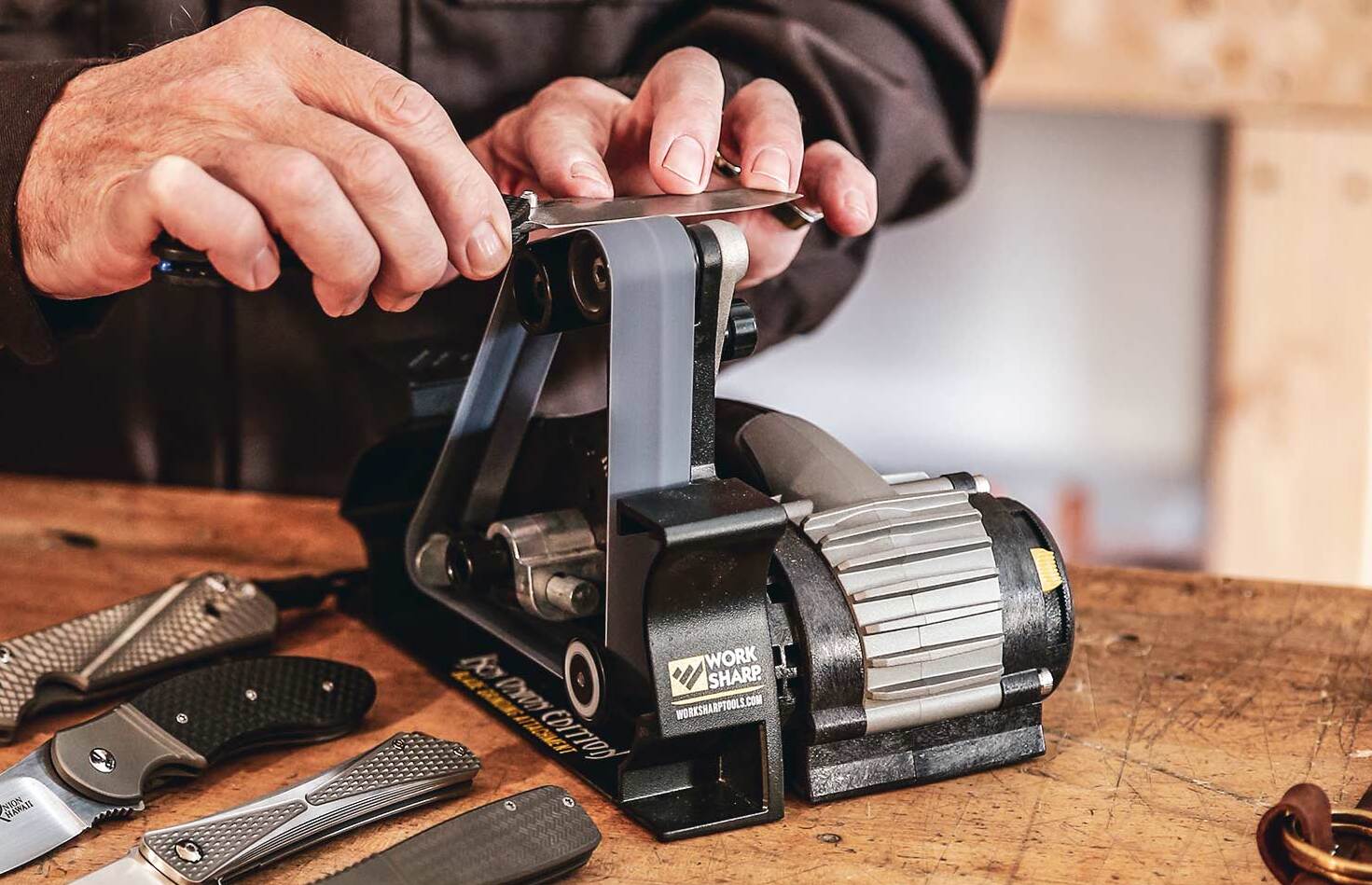
Finding a qualified and experienced professional knife sharpener is essential for maintaining the performance and longevity of your knives. Here are some tips to help you locate a reputable sharpener:
Check References and Reviews
Ask friends, family, or colleagues for recommendations. Check online reviews on platforms like Google My Business, Yelp, or social media. Positive feedback and testimonials from previous customers can indicate the sharpener’s skills and reliability.
Ending Remarks
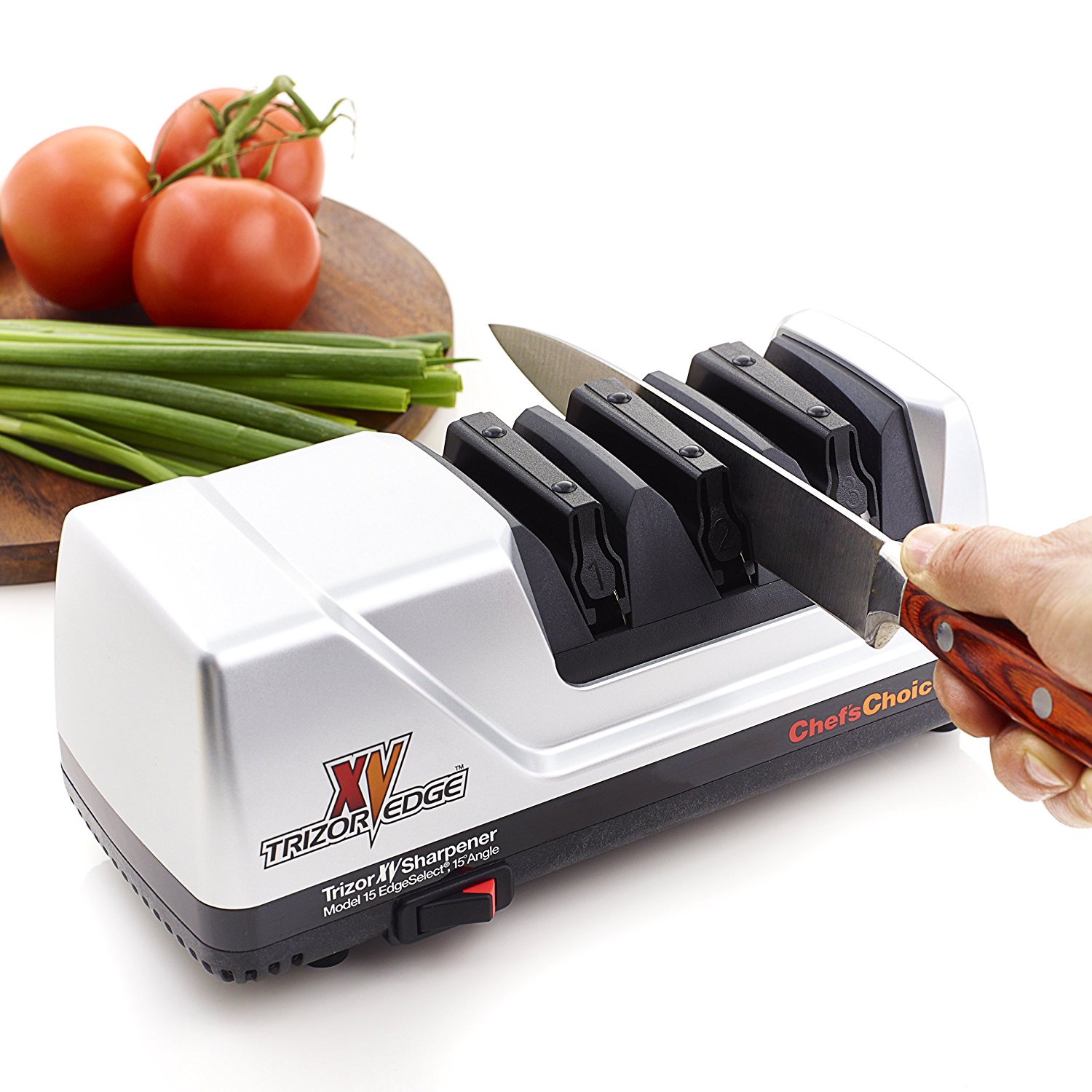
The art of professional knife sharpening is a delicate balance of skill, precision, and understanding. By embracing the principles Artikeld in this guide, you can unlock the full potential of your knives, transforming them into culinary companions that will enhance your cooking endeavors for years to come.
Remember, a sharp knife is not only a safer knife but also a more efficient and enjoyable tool that will elevate your culinary journey to new levels of excellence.
Questions Often Asked
What are the benefits of using a professional knife sharpener?
Professional knife sharpeners offer several advantages over home methods, including: increased precision, consistent results, extended blade life, and enhanced cutting performance.
How often should I sharpen my knives?
The frequency of knife sharpening depends on usage and individual preferences. However, as a general rule, it is recommended to sharpen your knives every 6-12 months for optimal performance.
What are the different types of professional knife sharpeners?
There are various types of professional knife sharpeners, including electric, manual, and whetstones. Each type has its advantages and disadvantages, depending on the desired sharpness, knife type, and user skill level.
